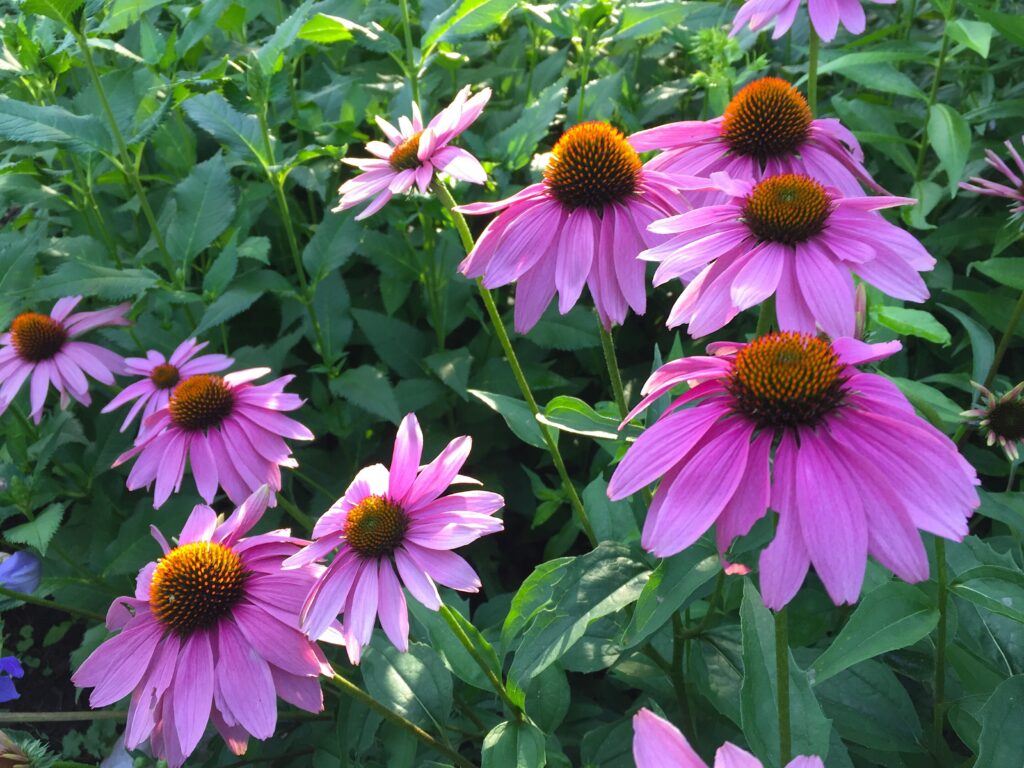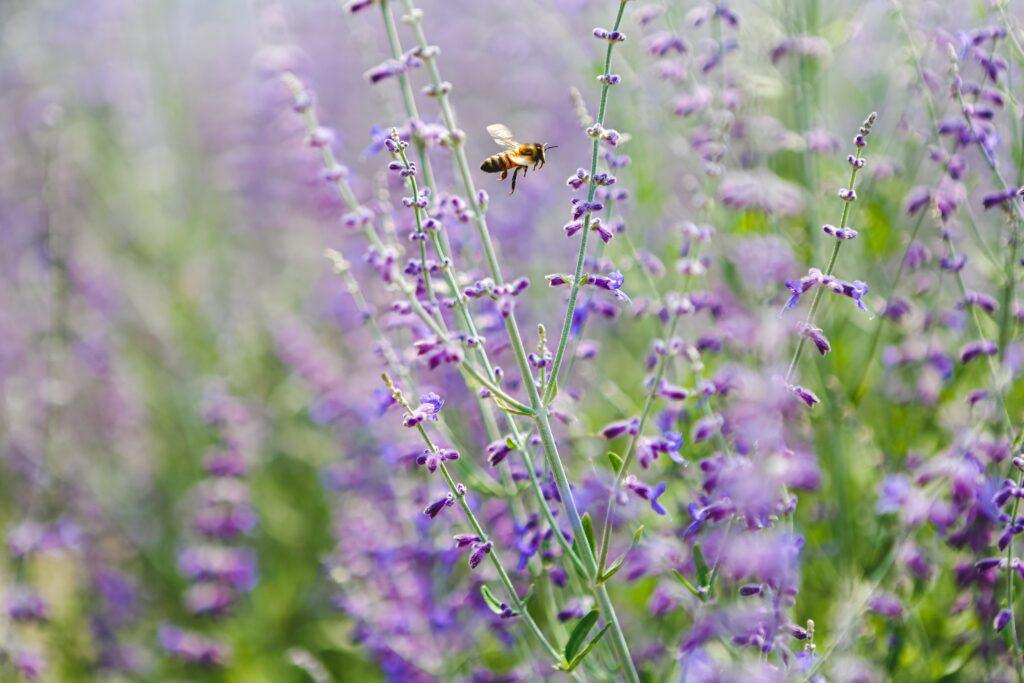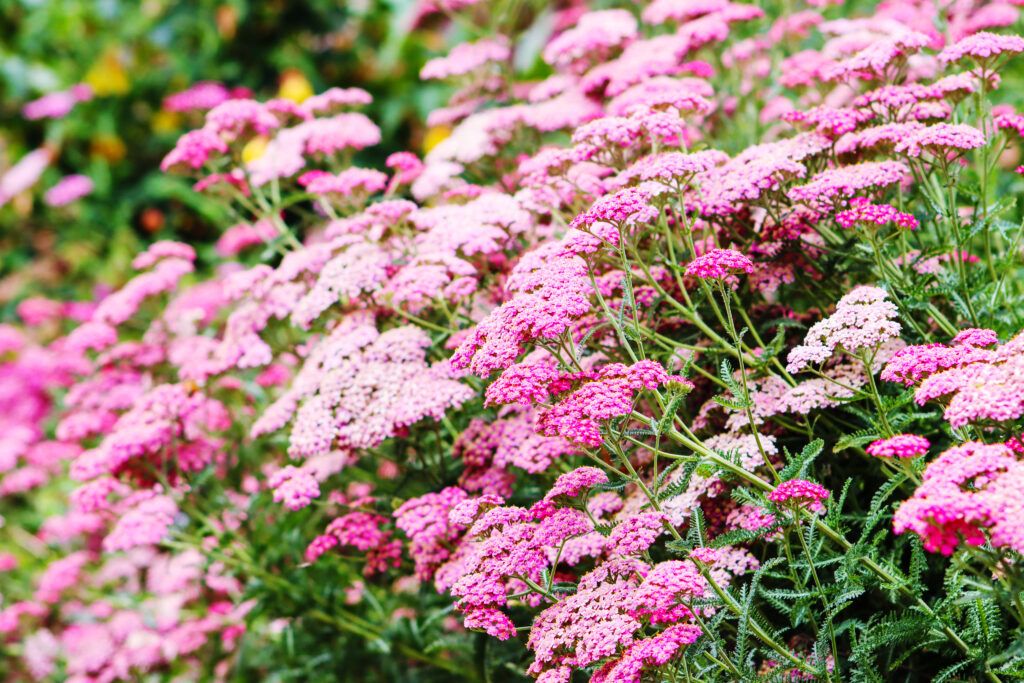
Full sun means your garden area receives more than six hours of direct sunlight every day. Think about those spots in your yard where the sun really beats down on. That’s your full-sun garden. These areas hold a unique charm and present opportunities for a diverse range of plants that thrive in bright light. Choosing plants that thrive in full sun is key to a vibrant, healthy garden—and many of them pair beautifully with classic cottage garden ideas.
Full-sun gardens aren’t just about planting anywhere the sun shines. They have specific characteristics and requirements. Soil type, the presence of wind, and drainage need consideration. Sunlight helps many plants bloom brilliantly, but achieving the right balance with other elements is key. Understanding these aspects ensures a flourishing garden.
These gardens also play an ecological role. They’re important for creating habitats for many pollinators and offering a place for native plants to thrive. By having a full-sun garden, you’re not just beautifying your space but also contributing to the local ecosystem, enhancing biodiversity where plants and insects can flourish together.
In sustainable landscaping, full-sun gardens have a vital role. They require fewer resources if managed wisely and can support native wildlife. Their ability to adapt to local conditions makes them a smart choice for those looking to create environmentally friendly outdoor spaces.
Benefits of Cultivating Sun Gardens

Imagine stepping into a garden that bursts with bold colors at every turn. Full-sun gardens let you enjoy vibrant flowers and foliage that create stunning visual displays. Sunlight intensifies colors, making flowers richer and leaves more vivid, transforming any yard into a lively oasis.
There’s more to sun gardens than beauty—they’re also bustling with life. These gardens naturally attract a variety of pollinators like bees and butterflies. A healthy pollinator population enhances plant growth and contributes to the ecological health of your area. By growing a sun garden, you provide these creatures with a vital habitat, promoting biodiversity.
Another perk of sun gardens is their ability to support diverse plant species. From flowering plants to sturdy shrubs, the options are broad. This diversity doesn’t just look good—it means your garden can adapt to changes like seasonal shifts or varying weather patterns, making it resilient and robust.
Besides the ecological advantages, sun gardens can increase your property’s value. A well-maintained, colorful garden boosts curb appeal and makes outdoor spaces more inviting. Visitors are drawn to the appealing and inviting beauty of your garden, while your neighbors may wonder what your secret is.
Overcoming Challenges in Full-Sun Gardening

Heat can be a major hurdle for full-sun gardens. When the sun is relentless, plants might suffer from heat stress, which can lead to wilting or leaf burn. To mitigate this, it’s crucial to pick heat-tolerant plant varieties and provide shade during the hottest parts of the day if necessary.
Drought is another common challenge, especially if rainfall is scarce. Implementing efficient watering practices, like using drip irrigation or soaker hoses, can ensure that plants receive the moisture they need without waste. It’s also wise to water early in the morning to minimize evaporation.
Soil moisture retention plays a big role in garden health. Adding organic matter to the soil increases its ability to hold water, benefiting plants even when conditions are dry. Mulching is another effective technique, helping to keep the soil cool and moist by reducing evaporation during peak heat times.
Choosing the right mulch is vital. Organic mulches like wood chips or straw are excellent for full-sun areas because they break down over time, improving soil structure while maintaining moisture levels. Mulch also helps suppress weeds, which can compete with your plants for limited water resources.
Top 10 Plants for Thriving Full-Sun Gardens

Selecting the right plants is key to a successful full-sun garden. Plants that adore sunlight come in all shapes and sizes, offering endless possibilities to landscape your space with personality.
Lavender loves full sun and brings a calming aroma–just one of many fragrant plants for the garden worth considering.
Then there’s the classic Sunflower. Known for their cheerful demeanor, they tower over other plants and add vertical interest to your garden. Plus, they attract pollinators like bees, enriching your garden’s ecosystem.
For a splash of color, plant Coneflowers. They’re tough and can handle intense sun while bringing in butterflies. With their long blooming season, they keep the garden lively for months.
Don’t overlook Sedums—these hardy succulents thrive in sandy soils and require minimal watering. Their fleshy leaves add texture and depth, making them ideal for rock gardens or borders.
Adding some drama, consider planting Russian Sage. With silvery foliage and airy purple flowers, it’s a striking choice for any full-sun area.
Blanket Flowers are another fantastic option. With their fiery colors and long bloom period, they brighten any garden while being heat and drought tolerant.
Daylilies offer an array of colors and are easy to care for. These perennials are reliable bloomers that can take the heat and return year after year, making them a garden staple.
Planting ornamental grasses, like Fountain Grass, introduces movement and an elegant touch. They play well with others, providing a graceful backdrop for other colorful plants.
Yarrow is excellent for gardeners looking for a hardy option. Its clusters of small flowers come in different colors and thrive in sunny spots with minimal water.
Lastly, consider Black-eyed Susans for a burst of golden hues. These perennials are easy to grow and maintain, thriving in bright conditions while being a magnet for pollinators.
When selecting plants, always consider your regional climate and soil conditions. With the right plants and a little planning—whether in beds or through outdoor container gardening—your sun-drenched space can become a thriving oasis.

This was such an informative and inspiring read, Kathryn! I had no idea full-sun gardens played such a big role in supporting pollinators and promoting biodiversity — that gives my gardening goals a whole new purpose. I’m especially excited to try planting lavender and black-eyed Susans.
Quick question: do you have any tips for creating a full-sun garden in areas with very poor or sandy soil? I’d love to make my space more pollinator-friendly, but I’m not sure how to best prepare the ground without having to completely replace the soil. Any guidance would be really appreciated!
Jason,
Thank you, and I’m glad you enjoyed my article. It’s tough to grow beautiful healthy plants if your soil is not great, but don’t worry, there are quick things you can do to help right away and they will also continue to help improve your soil long term.
The best amendment you can add to your sandy soil is compost which will add organic matter to improve the soil. You should apply to the surface and then work it in about 4 inches. This will begin the process of improving your soil right away. Make sure to keep the area watered so it doesn’t dry out too quickly, and of course you’ll need to keep your beautiful plants watered as they grow and bloom.
You might be in luck with your plant selection because both lavender and black-eyed Susan like well-draining soil, including sandy soil.
What I find so amazing about plant species is that they are so diverse, and each has special requirements in order to grow healthy and thrive. Full sun-loving plants have their requirements to live healthy, which, of course, is full sunlight. I have been in the garden field for many years now and have had the awesome task of creating many garden designs with these types of plants, which, in my opinion, was a real showstopper. Thanks so much for the helpful insights on how to grow and care for full-sun-loving plant species.
Norman,
You sound like you have lots of experience with full-sun plants, so I appreciate your comments. It is so gratifying when you create a showstopping design and are rewarded with a beautiful garden.